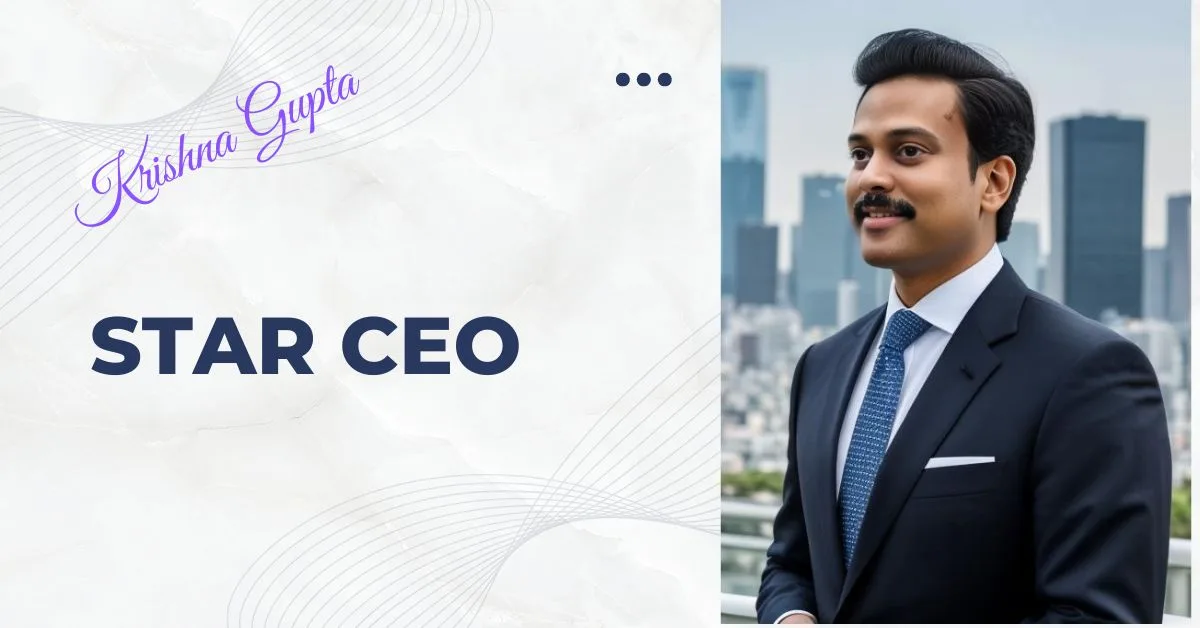STAR Interview Questions for CEO Candidates (in-depth)
The STAR framework (Situation, Task, Action, Result) is a powerful way to assess a CEO candidate’s past experiences and how they translate into successful leadership. Here are some in-depth STAR interview questions that delve deeper into specific CEO competencies:
Strategic Leadership:
- Challenge and Transformation: Describe when your company faced a significant strategic challenge, such as a disruptive competitor, a shifting regulatory landscape, or a significant economic downturn.
- Task: What was your role in addressing this challenge? How did you analyse the situation and identify potential solutions?
- Action: Walk us through the strategic plan you developed. How did you consider various stakeholders’ interests and ensure alignment across the leadership team?
- Result: What specific actions did you take to implement the plan? Quantify the positive outcomes, such as increased market share, improved profitability, or a strengthened competitive advantage. Did the company achieve its strategic goals?
Growth and Innovation:
- Market Vision: Tell me about when you identified a significant growth opportunity beyond your company’s core business. This could be entering a new market, developing a new product line, or adopting a novel technology.
- Task: How did you assess this opportunity’s feasibility and potential risks? What market research or due diligence did you conduct?
- Action: Walk us through the steps you must take to launch this new venture. Did you build a dedicated team? Secure funding? Develop a go-to-market strategy.
- Result: Quantify the impact of this new venture. Did it lead to increased revenue, market share, or brand awareness? Did you encounter any unexpected challenges, and how did you overcome them?
Operational Excellence:
- Efficiency and Improvement: Describe a situation where you identified inefficiencies or bottlenecks within the company’s operations. This could be in production, supply chain, or administrative processes.
- Task: How did you diagnose the root cause of these inefficiencies? Did you involve relevant teams in the analysis?
- Action: What specific actions did you take to improve operational efficiency? Did you implement new technologies, restructure departments, or streamline processes?
- Result: Quantify the positive outcomes of your actions. Did they lead to cost savings, increased productivity, or improved customer satisfaction? How did you ensure these improvements were sustainable in the long term?
Building a High-Performance Culture:
- Motivation and Inspiration: Tell me about a time when you had to motivate and inspire a team during a challenging period, such as a major project launch, a company restructuring, or a period of low morale.
- Task: How did you assess the morale and engagement of your team members? Did you conduct surveys, hold town hall meetings, or implement employee feedback mechanisms?
- Action: What strategies did you use to motivate and support your team members? Did you set clear goals, provide ongoing recognition, or empower them to make decisions?
- Result: Did the team overcome the challenges and achieve its goals? How did employee morale and engagement improve as a result of your actions? Did this create a lasting positive impact on the company culture?

Conflict Resolution:
- Stakeholder Management: Describe when you dealt with a complex conflict between departments or stakeholders with competing interests. This could be a disagreement over resource allocation, product development priorities, or strategic direction.
- Task: How did you diagnose the root cause of the conflict? Did you hold individual meetings, facilitate group discussions, or conduct a mediation process?
- Action: What steps did you take to mediate the situation and ensure a positive outcome for all parties? Did you find common ground, develop compromises, or establish clear decision-making protocols?
- Result: How did you ensure this conflict didn’t disrupt future collaboration? Did you implement new communication channels or team-building activities to foster better working relationships?